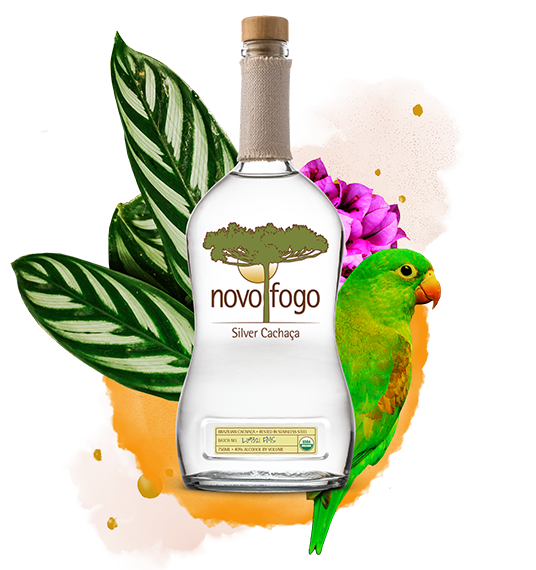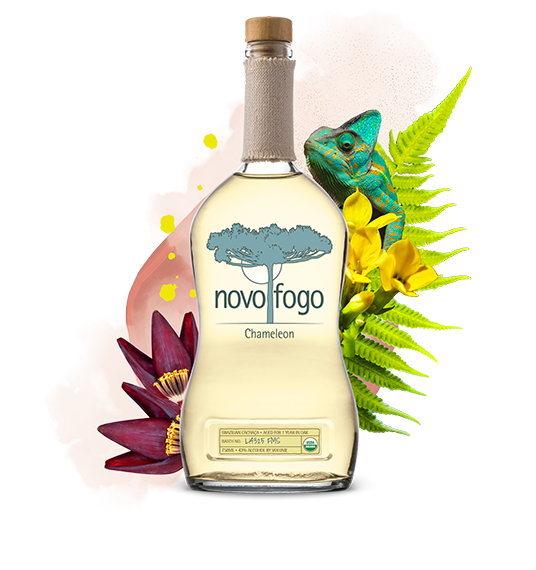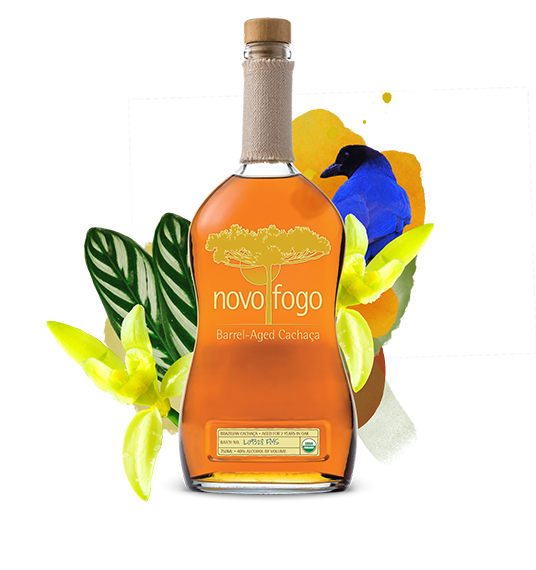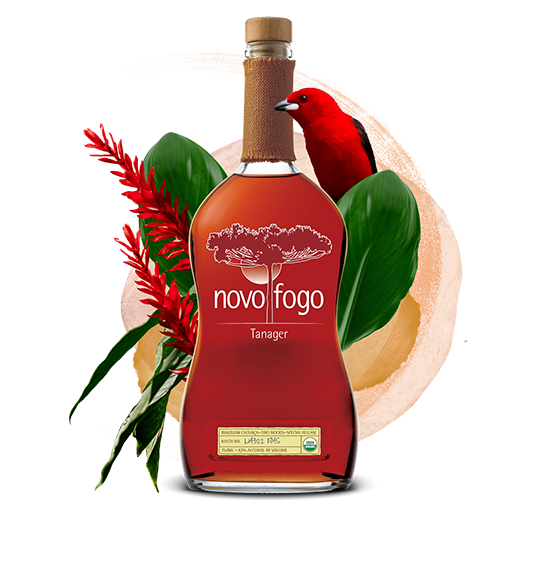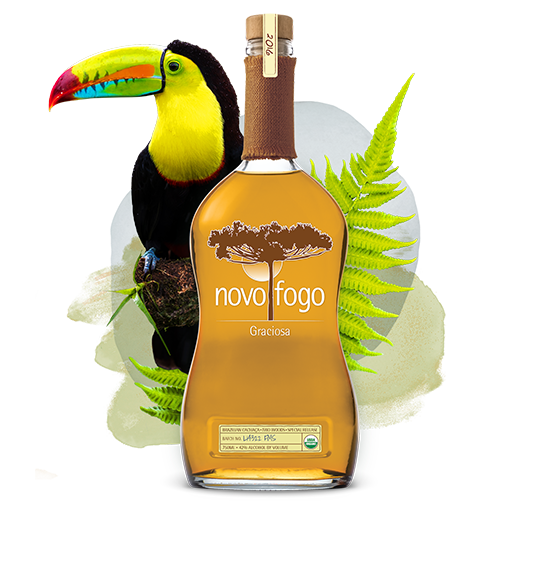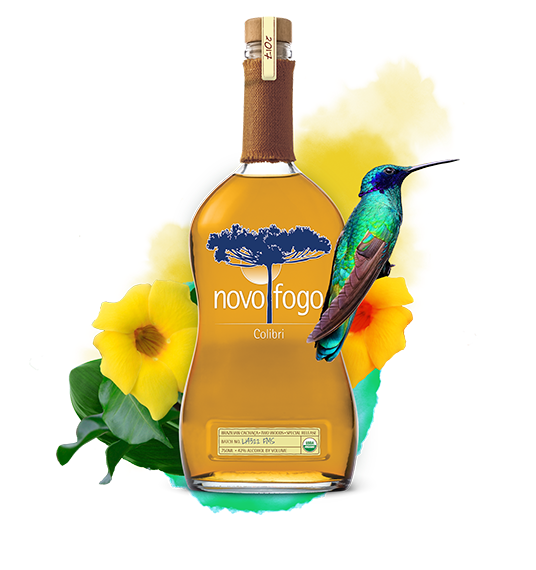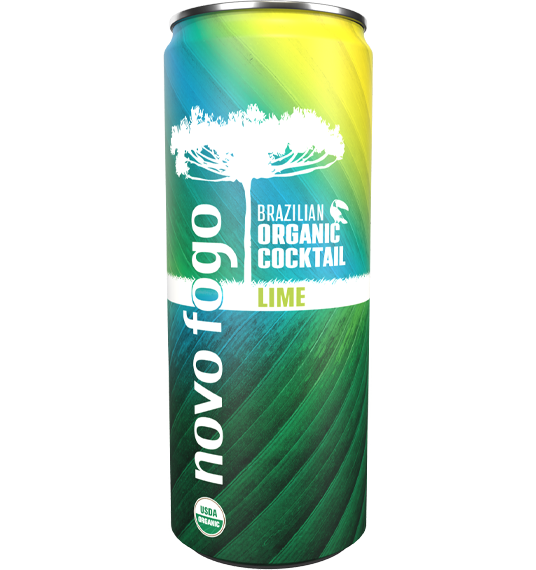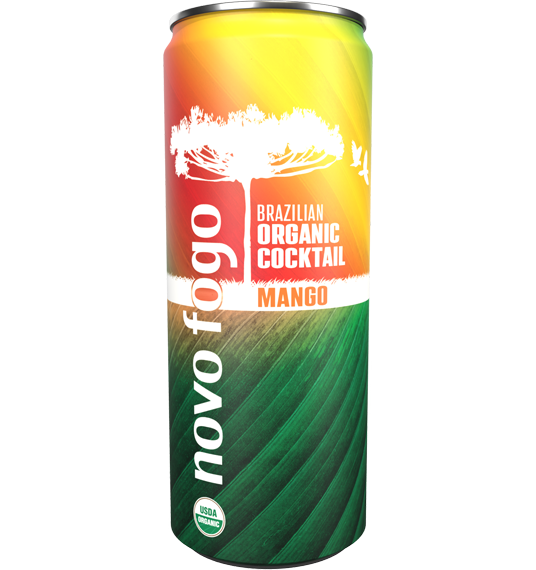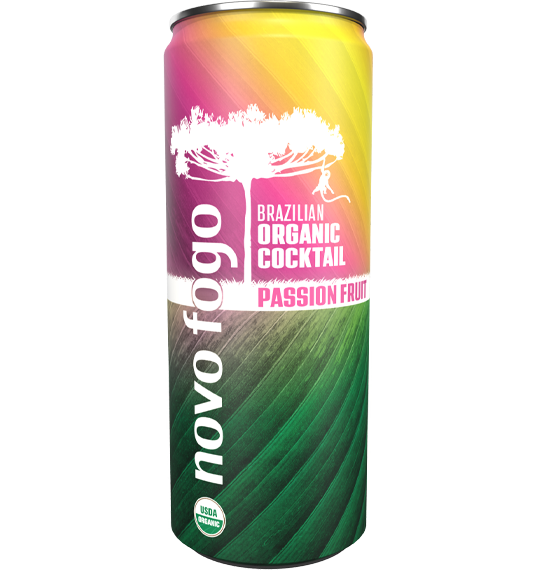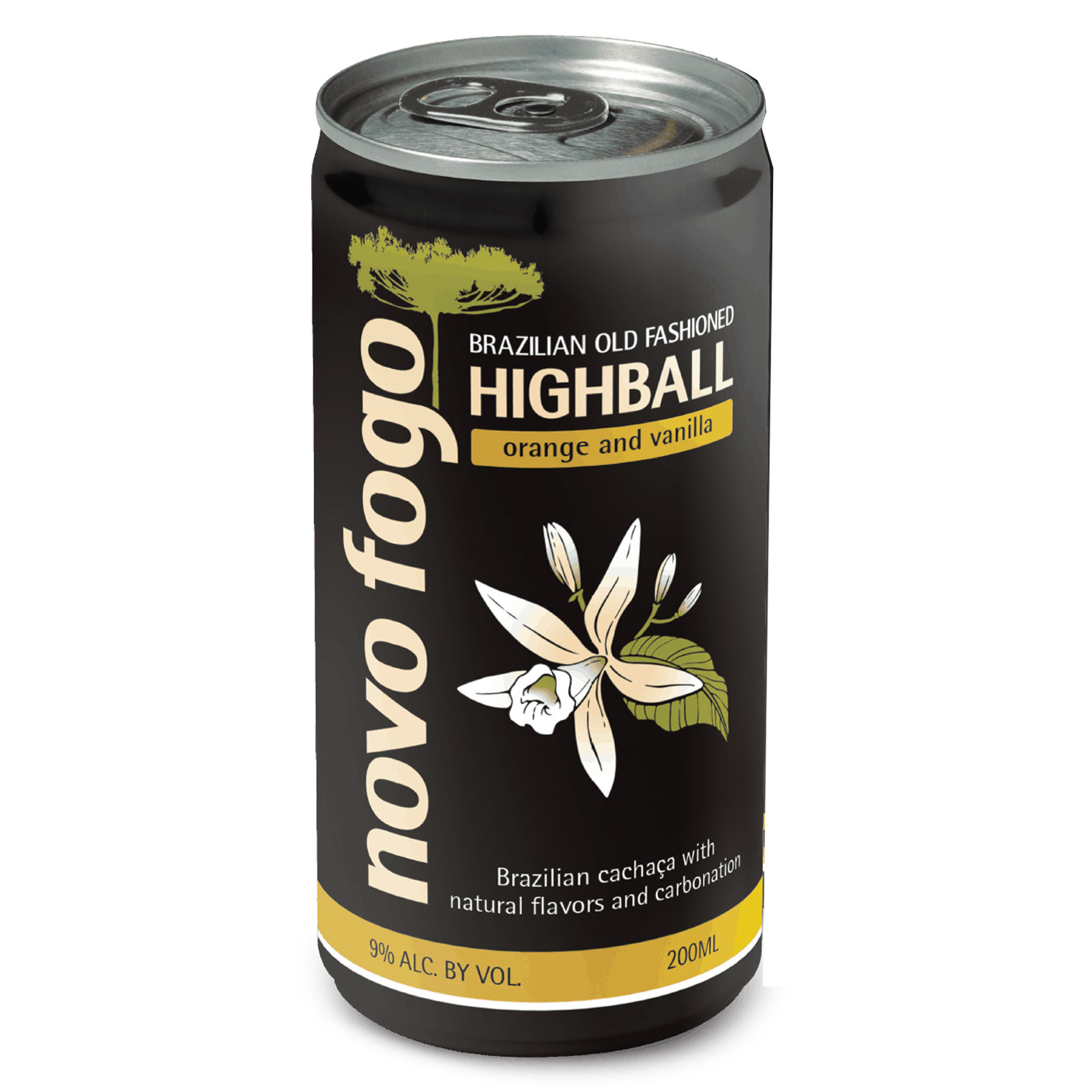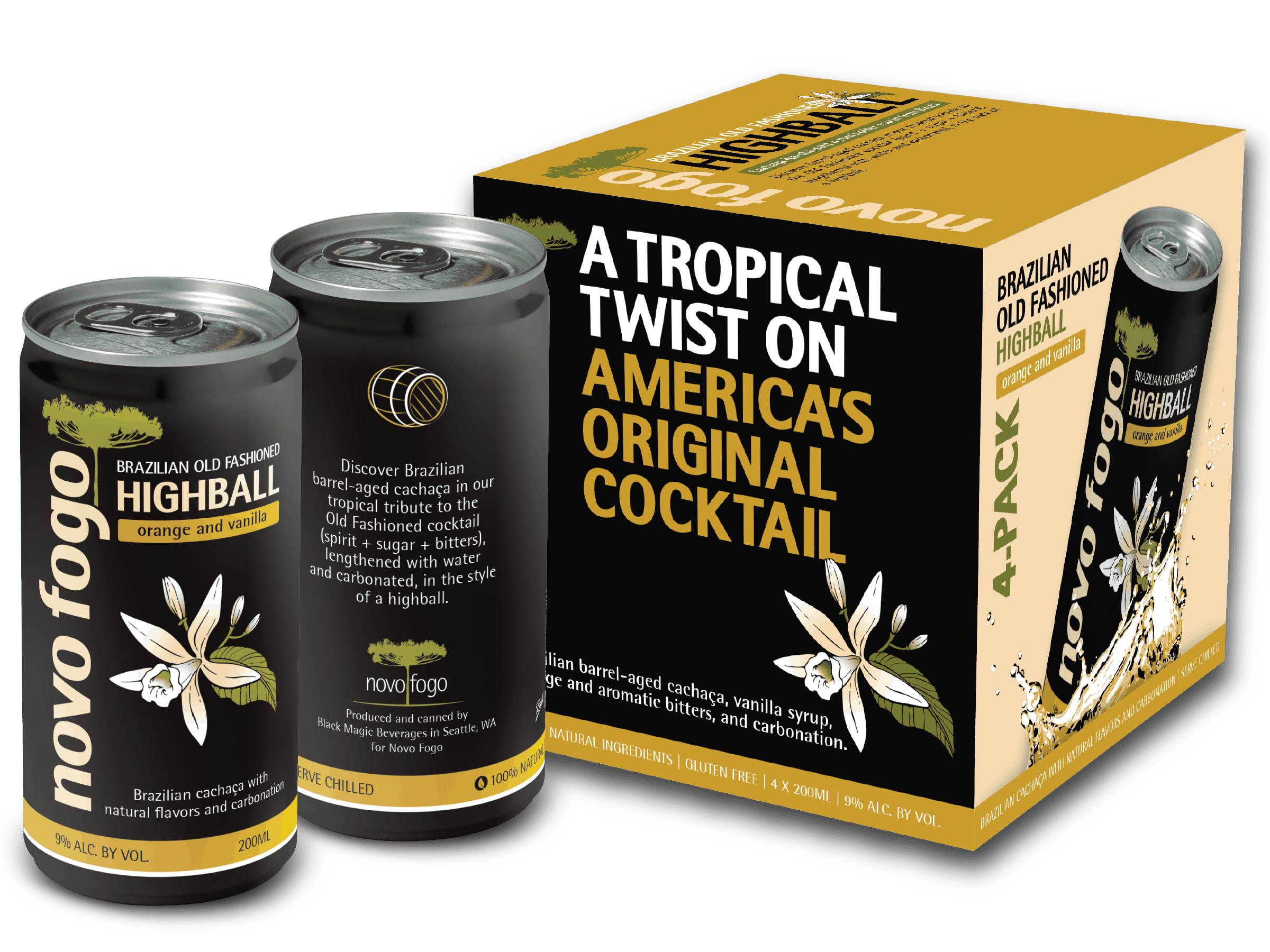
Brazilian Old Fashioned Highball
A tropical twist on America’s original cocktail.
Discover Brazil’s national spirit in our tropical tribute to the Old Fashioned cocktail (spirit + sugar + bitters), lengthened with water and carbonated, in the style of a highball.
INGREDIENTS: Novo Fogo Chameleon Cachaça, vanilla syrup, orange and aromatic bitters, and carbonation
9% ABV | 200 ml | 145 calories | 12 gr carbs
This DICHOTOMY MEDIATOR is a very relevant metaphor for today’s world of perceived divisions: this drink is a bridge between rum and whiskey drinkers, appeals to all genders, defies seasonality, intersects North and South America, simultaneously represents two classic cocktails with a modern twist, and pairs florality with rugged oakiness. In a world that is increasingly shedding labels, this drink transcends categories, appeals to a broad audience, and represents Novo Fogo’s double heritage on both sides of the equator.
TASTING NOTES:
Pale rose color, with bubbles migrating throughout the liquid. The aroma is dominated by the scent of Novo Fogo’s Brazilian adegas, the underground rooms where this organic sugarcane cachaça is aged in oak barrels that once held bourbon in Kentucky. The palate is filled with bittersweet orange, the green but elegant pods of vanilla orchids, and the dry minerality of Paraná’s red dirt. It finishes with cinnamon bark and leather, like the sun-worn saddle of a gaúcho, riding slowly into the dusk.

